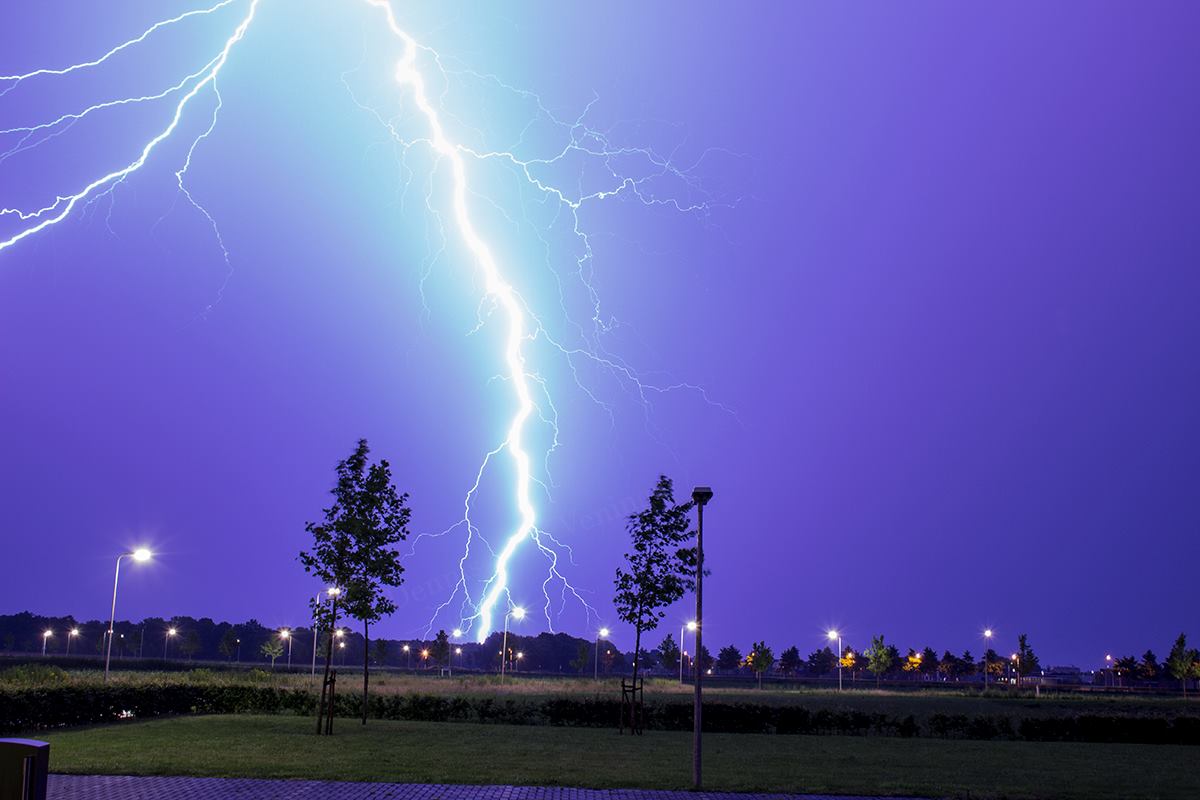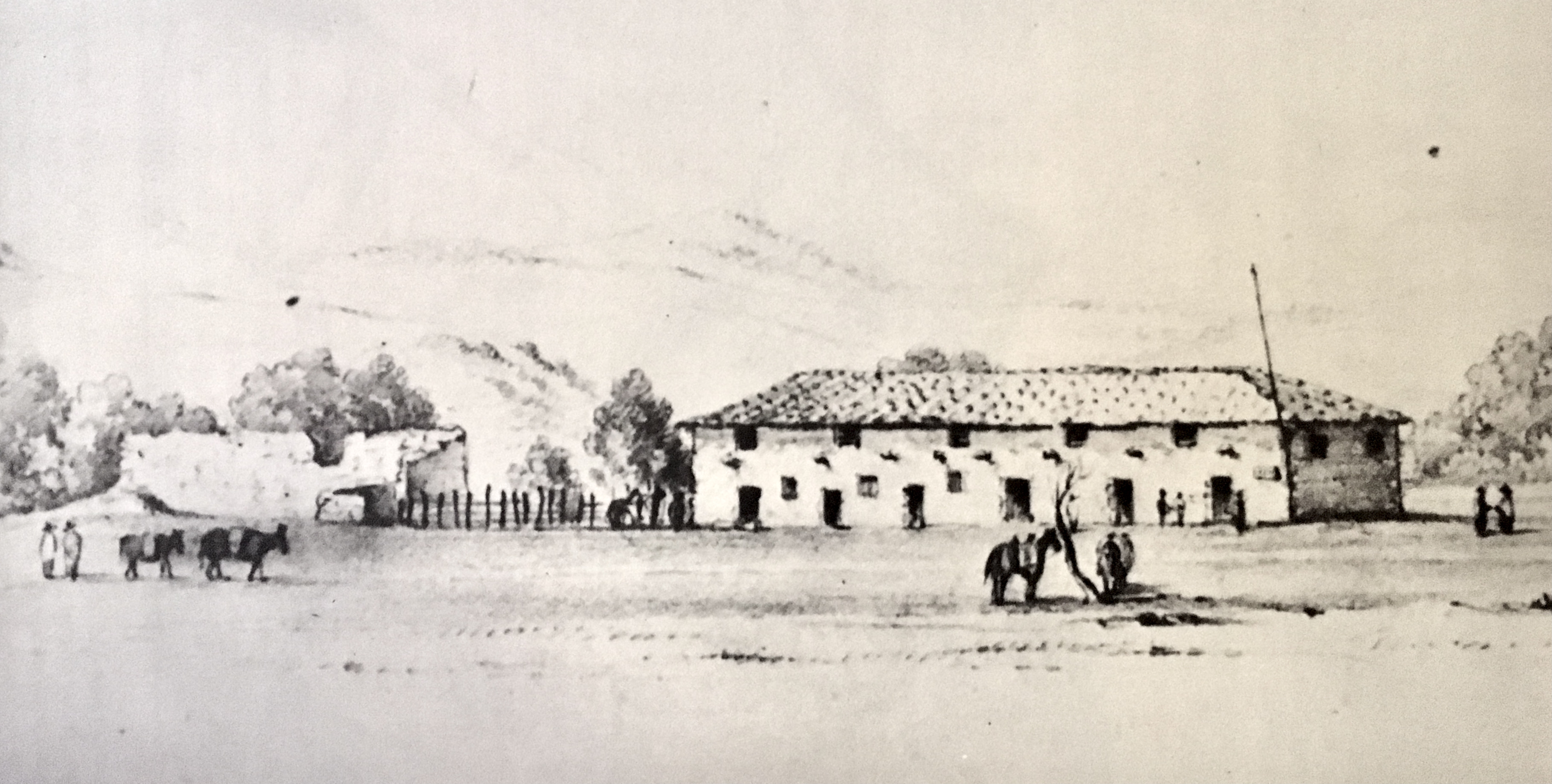|
John Holdren
John Paul Holdren (born March 1, 1944) is an American scientist who served as the senior advisor to President Barack Obama on science and technology issues through his roles as assistant to the president for science and technology, director of the White House Office of Science and Technology Policy, and co-chair of the President's Council of Advisors on Science and Technology (PCAST). Holdren was previously the Teresa and John Heinz Professor of Environmental Policy at the Kennedy School of Government at Harvard University, director of the Science, Technology, and Public Policy Program at the School's Belfer Center for Science and International Affairs, and director of the Woods Hole Research Center.News release"Obama to Name John P. Holdren as Science Adviser" AAAS, December 18, 2008. Early life and education Holdren was born in Sewickley, Pennsylvania and grew up in San Mateo, California. He trained in aeronautics, astronautics and plasma physics and earned a bachelor's de ... [...More Info...] [...Related Items...] OR: [Wikipedia] [Google] [Baidu] |
Office Of Science And Technology Policy
The Office of Science and Technology Policy (OSTP) is a department of the United States government, part of the Executive Office of the President of the United States, Executive Office of the President (EOP), established by United States Congress on May 11, 1976, with a broad mandate to advise the President of the United States, president on the effects of Science and technology in the United States, science and technology on domestic and international affairs. The director of this office is traditionally colloquially known as the Science Advisor to the President, science advisor to the president. A recent appointed director was mathematician and geneticist Eric Lander who was sworn in on June 2, 2021. Lander resigned February 18, 2022, following allegations of misconduct. On February 16, 2022, the Biden administration announced that deputy director Alondra Nelson would serve as acting director and former National Institutes of Health (NIH) director Francis Collins would serve a ... [...More Info...] [...Related Items...] OR: [Wikipedia] [Google] [Baidu] |
United States President's Council Of Advisors On Science And Technology
The President's Council of Advisors on Science and Technology (PCAST) is a council, chartered (or re-chartered) in each administration with a broad mandate to advise the president of the United States on science and technology. The current PCAST was established by on September 30, 2001, by George W. Bush, was re-chartered by Barack Obama's April 21, 2010, , by Donald Trump's October 22, 2019, , by Joe Biden's February 1, 2021, and by Donald Trump again on January 23, 2025 witExecutive Order 14177 History The council follows a tradition of presidential advisory panels focused on science and technology that dates back to President Franklin D. Roosevelt's Science Advisory Board, continued by President Harry Truman. Renamed the President's Science Advisory Committee (PSAC) by Dwight Eisenhower, it was disbanded by President Richard Nixon. Reagan science advisor Jay Keyworth re-established a smaller "White House Science Council" It reported, however, to him, not directly to the pr ... [...More Info...] [...Related Items...] OR: [Wikipedia] [Google] [Baidu] |
Technology Policy
There are several approaches to defining the substance and scope of technology policy. According to the American scientist and policy advisor Lewis M. Branscomb, technology policy concerns the "public means for nurturing those capabilities and optimizing their applications in the service of national goals and interests".Branscomb, L. M. (1995). Confessions of a Technophile. Springer Science & Business Media. Branscomb defines technology in this context as "the aggregation of capabilities, facilities, skills, knowledge, and organization required to successfully create a useful service or product". Other scholars differentiate between technology policy and science policy, suggesting that the former is about "the support, enhancement and development of technology", while the latter focuses on "the development of science and the training of scientists". Rigas Arvanitis, at the Institut de recherche pour le développement in France, suggests that "science and technology policy covers ... [...More Info...] [...Related Items...] OR: [Wikipedia] [Google] [Baidu] |
Nuclear Weapons
A nuclear weapon is an explosive device that derives its destructive force from nuclear reactions, either nuclear fission, fission (fission or atomic bomb) or a combination of fission and nuclear fusion, fusion reactions (thermonuclear weapon), producing a nuclear explosion. Both bomb types release large quantities of energy from relatively small amounts of matter. Nuclear bombs have had Nuclear weapon yield, yields between 10 tons (the W54) and 50 megatons for the Tsar Bomba (see TNT equivalent). Yields in the low kilotons can devastate cities. A thermonuclear weapon weighing as little as can release energy equal to more than 1.2 megatons of TNT (5.0 Petajoule, PJ). Apart from the blast, Effects of nuclear explosions, effects of nuclear weapons include Firestorm, firestorms, extreme Thermal radiation, heat and ionizing radiation, radioactive nuclear fallout, an Nuclear electromagnetic pulse, electromagnetic pulse, and a radar blackout. The first nuclear weapons were deve ... [...More Info...] [...Related Items...] OR: [Wikipedia] [Google] [Baidu] |
Energy Policy
Energy policies are the government's strategies and decisions regarding the Energy production, production, Energy distribution, distribution, and World energy supply and consumption, consumption of energy within a specific jurisdiction. Energy is essential for the functioning of modern economies because they require energy for many sectors, such as industry, transport, agriculture, housing. The main components of energy policy include legislation, international treaties, Energy subsidy, energy subsidies and other public policy techniques. The energy sector emits more greenhouse gas worldwide than any other sector. Therefore, energy policies are closely related to climate policies. These decisions affect how high the greenhouse gas emissions by that country are. Purposes Access to energy is critical for basic social needs, such as lighting, heating, cooking, and healthcare. Given the importance of energy, the price of energy has a direct effect on jobs, economic productivi ... [...More Info...] [...Related Items...] OR: [Wikipedia] [Google] [Baidu] |
Environmental Change
Environment most often refers to: __NOTOC__ * Natural environment, referring respectively to all living and non-living things occurring naturally and the physical and biological factors along with their chemical interactions that affect an organism or a group of organisms Other physical and cultural environments *Ecology, the branch of ethology that deals with the relations of organisms to one another and to their physical surroundings *Environment (systems), the surroundings of a physical system that may interact with the system by exchanging mass, energy, or other properties. *Built environment, constructed surroundings that provide the settings for human activity, ranging from the large-scale civic surroundings to the personal places *Social environment, the culture that an individual lives in, and the people and institutions with whom they interact * Market environment, business term Arts, entertainment and publishing * ''Environment'' (magazine), a peer-reviewed, popular ... [...More Info...] [...Related Items...] OR: [Wikipedia] [Google] [Baidu] |
Plasma (physics)
Plasma () is a state of matter characterized by the presence of a significant portion of charged particles in any combination of ions or electrons. It is the most abundant form of ordinary matter in the universe, mostly in stars (including the Sun), but also dominating the rarefied intracluster medium and Outer space#Intergalactic space, intergalactic medium. Plasma can be artificially generated, for example, by heating a neutral gas or subjecting it to a strong electromagnetic field. The presence of charged particles makes plasma electrically conductive, with the dynamics of individual particles and macroscopic plasma motion governed by collective electromagnetic fields and very sensitive to externally applied fields. The response of plasma to electromagnetic fields is used in many modern devices and technologies, such as plasma display, plasma televisions or plasma etching. Depending on temperature and density, a certain number of neutral particles may also be present, in wh ... [...More Info...] [...Related Items...] OR: [Wikipedia] [Google] [Baidu] |
Astronautics
Astronautics (or cosmonautics) is the practice of sending spacecraft beyond atmosphere of Earth, Earth's atmosphere into outer space. Spaceflight is one of its main applications and space science is its overarching field. The term ''astronautics'' (originally ''astronautique'' in French language, French) was coined in the 1920s by J.-H. Rosny aîné, J.-H. Rosny, president of the Académie Goncourt, Goncourt academy, in analogy with aeronautics. Because there is a degree of technical overlap between the two fields, the term aerospace is often used to describe both at once. In 1930, Robert Esnault-Pelterie published the first book on the new research field. The term ''cosmonautics'' (originally ''cosmonautique'' in French) was introduced in the 1930s by Ary Abramovich Sternfeld, Ary Sternfeld with his book ''Initiation à la Cosmonautique'' (Introduction to cosmonautics) (the book brought him the Robert Esnault-Pelterie#Prix REP-Hirsch, Prix REP-Hirsch, later known as the Prix d'As ... [...More Info...] [...Related Items...] OR: [Wikipedia] [Google] [Baidu] |
Aeronautics
Aeronautics is the science or art involved with the study, design process, design, and manufacturing of air flight-capable machines, and the techniques of operating aircraft and rockets within the atmosphere. While the term originally referred solely to ''operating'' the aircraft, it has since been expanded to include technology, business, and other aspects related to aircraft. The term "aviation" is sometimes used interchangeably with aeronautics, although "aeronautics" includes lighter-than-air craft such as airships, and includes ballistic vehicles while "aviation" technically does not. A significant part of aeronautical science is a branch of dynamics (mechanics), dynamics called aerodynamics, which deals with the motion of air and the way that it interacts with objects in motion, such as an aircraft. History Early ideas Attempts to fly without any real aeronautical understanding have been made from the earliest times, typically by constructing wings and jumping from ... [...More Info...] [...Related Items...] OR: [Wikipedia] [Google] [Baidu] |
San Mateo, California
San Mateo ( ) is the most populous city in San Mateo County, California, United States, on the San Francisco Peninsula. It is part of the San Francisco Bay Area metropolitan region, and is located about south of San Francisco. San Mateo borders Burlingame, California, Burlingame to the north, Hillsborough, California, Hillsborough to the west, San Francisco Bay and Foster City, California, Foster City to the east and Belmont, California, Belmont to the south. The population was 105,661 at the 2020 United States census, 2020 census. Some of the biggest economic drivers for the city include technology, health care and education. History The earliest known settlers of the Bay Area were the Ramaytush people, since at least 10000 BC. Spanish era In 1789, the Spanish missionaries had named a Native Americans in the United States, Native American village along Laurel Creek as ''Los Laureles'' or the Laurels (Mission San Mateo, Mission Dolores, 1789). At the time of Mexican War of ... [...More Info...] [...Related Items...] OR: [Wikipedia] [Google] [Baidu] |
Woods Hole Research Center
Woodwell Climate Research Center, formerly known as the Woods Hole Research Center (WHRC) until August 2020, is a scientific research organization that studies climate change impacts and solutions. The International Center for Climate Governance named WHRC the world's top climate change think tank for 2013, 2014, 2015, and 2016. Woodwell Climate conducts research on the causes and impacts of climate change throughout the tropics, the Arctic, and North America. The Center designs all of its work to inform policy or answer policy questions and is composed of five core units: Arctic, Carbon, Risk, Tropics, and Water. History The Woods Hole Research Center was established in 1985 in Woods Hole, Massachusetts by George Woodwell. WHRC was one of the first organizations dedicated to fighting global climate change, and Woodwell testified to Congress in 1986 about the dangers of sea level rise and global warming. The plan for developing the United Nations Framework Convention on Clima ... [...More Info...] [...Related Items...] OR: [Wikipedia] [Google] [Baidu] |







